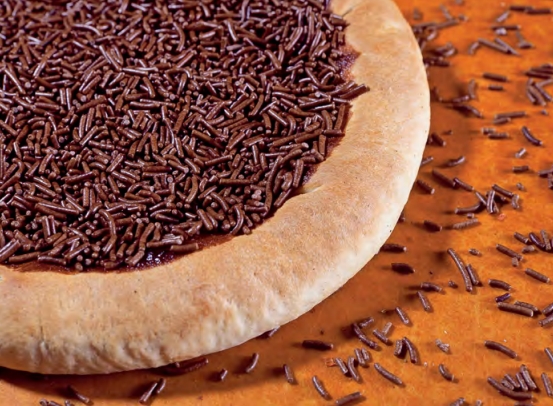The Globalization of Junk Food
September 20, 2017
IF there is any doubt in your mind that the high incidence of obesity in America is the result of two factors — the decline of home cooking and the aggressive marketing of processed foods — then I suggest you read this piece in The New York Times about how multinational food companies have transformed the traditional diets of relatively poor countries like Brazil.
Obesity has soared in Brazil and a high percentage of its obese people are malnourished. That’s right — you can be fat and malnourished. Nestle runs a successful program employing women as a door-to-door sales force, much like Avon did with cosmetics. The families of these women, who get discounts for the sugary cereals and yogurts, are among those who now suffer from serious diet-related diseases.
[O]f the 800 products that Nestlé says are available through its vendors, Mrs. da Silva says her customers are mostly interested in only about two dozen of them, virtually all sugar-sweetened items like Kit-Kats; Nestlé Greek Red Berry, a 3.5-ounce cup of yogurt with 17 grams of sugar; and Chandelle Pacoca, a peanut-flavored pudding in a container the same size as the yogurt that has 20 grams of sugar — nearly the entire World Health Organization’s recommended daily limit.
Until recently, Nestlé sponsored a river barge that delivered tens of thousands of cartons of milk powder, yogurt, chocolate pudding, cookies and candy to isolated communities in the Amazon basin. Since the barge was taken out of service in July, private boat owners have stepped in to meet the demand.
These junk foods are slow-acting, habit-forming poisons. The Brazil government, at the urging of activists, attempted to impose marketing restrictions, but it was sued by multinationals which claimed their rights of free expression were being curtailed. Food companies have even argued that curtailing their incursions into Brazilian homes would unfairly deprive the country’s children of the cheap plastic toys that come with their products.
The Pizza Industrial Complex is in on the explosive growth. Last year, Domino’s opened a new outlet — mostly overseas — every seven hours. Pizza Hut Brazil has a special chocolate pie called the Brigadeiro Pizza:

Academics, many of whom get grants from food companies, provide cover for the industry.
“We’re not going to get rid of all factories and go back to growing all grain. It’s nonsense. It’s not going to work,” said Mike Gibney, a professor emeritus of food and health at University College Dublin and a consultant to Nestlé. “If I ask 100 Brazilian families to stop eating processed food, I have to ask myself: What will they eat? Who will feed them? How much will it cost?”
Notice how Gibney sets up a straw man — the abolition of all food factories, as if that is the only alternative to the unregulated marketing of toxic junk.
How did the people of Brazil survive before Kit Kat bars and double-crust stuffed pizza?
